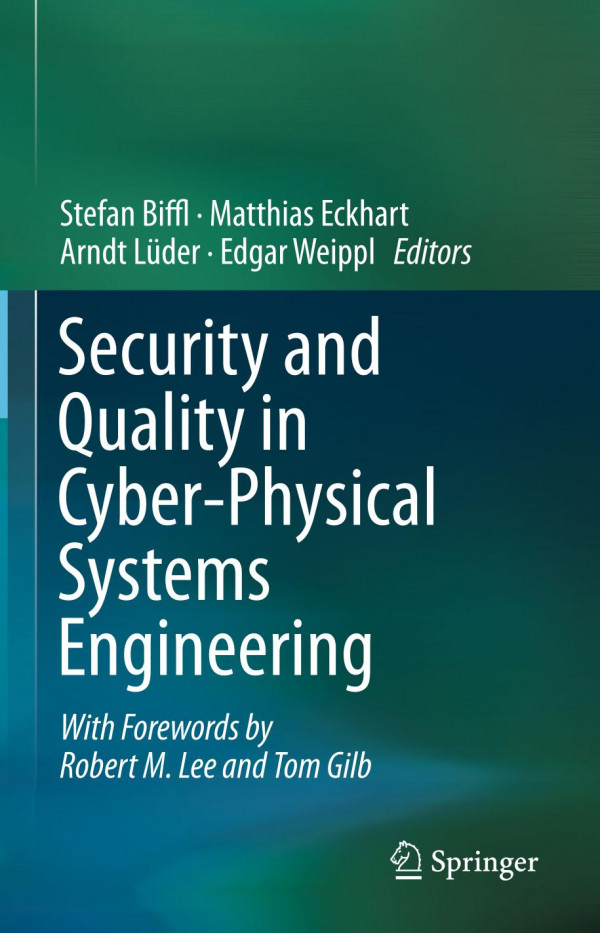

Most ebook files are in PDF format, so you can easily read them using various software such as Foxit Reader or directly on the Google Chrome browser.
Some ebook files are released by publishers in other formats such as .awz, .mobi, .epub, .fb2, etc. You may need to install specific software to read these formats on mobile/PC, such as Calibre.
Please read the tutorial at this link: https://ebookbell.com/faq
We offer FREE conversion to the popular formats you request; however, this may take some time. Therefore, right after payment, please email us, and we will try to provide the service as quickly as possible.
For some exceptional file formats or broken links (if any), please refrain from opening any disputes. Instead, email us first, and we will try to assist within a maximum of 6 hours.
EbookBell Team

4.7
66 reviewsThis book examines the requirements, risks, and solutions to improve the security and quality of complex cyber-physical systems (C-CPS), such as production systems, power plants, and airplanes, in order to ascertain whether it is possible to protect engineering organizations against cyber threats and to ensure engineering project quality.
The book consists of three parts that logically build upon each other. Part I "Product Engineering of Complex Cyber-Physical Systems" discusses the structure and behavior of engineering organizations producing complex cyber-physical systems, providing insights into processes and engineering activities, and highlighting the requirements and border conditions for secure and high-quality engineering. Part II "Engineering Quality Improvement" addresses quality improvements with a focus on engineering data generation, exchange, aggregation, and use within an engineering organization, and the need for proper data modeling and engineering-result validation. Lastly, Part III "Engineering Security Improvement" considers security aspects concerning C-CPS engineering, including engineering organizations’ security assessments and engineering data management, security concepts and technologies that may be leveraged to mitigate the manipulation of engineering data, as well as design and run-time aspects of secure complex cyber-physical systems.
The book is intended for several target groups: it enables computer scientists to identify research issues related to the development of new methods, architectures, and technologies for improving quality and security in multi-disciplinary engineering, pushing forward the current state of the art. It also allows researchers involved in the engineering of C-CPS to gain a better understanding of the challenges and requirements of multi-disciplinary engineering that will guide them in their future research and development activities. Lastly, it offers practicing engineers and managers with engineering backgrounds insights into the benefits and limitations of applicable methods, architectures, and technologies for selected use cases.